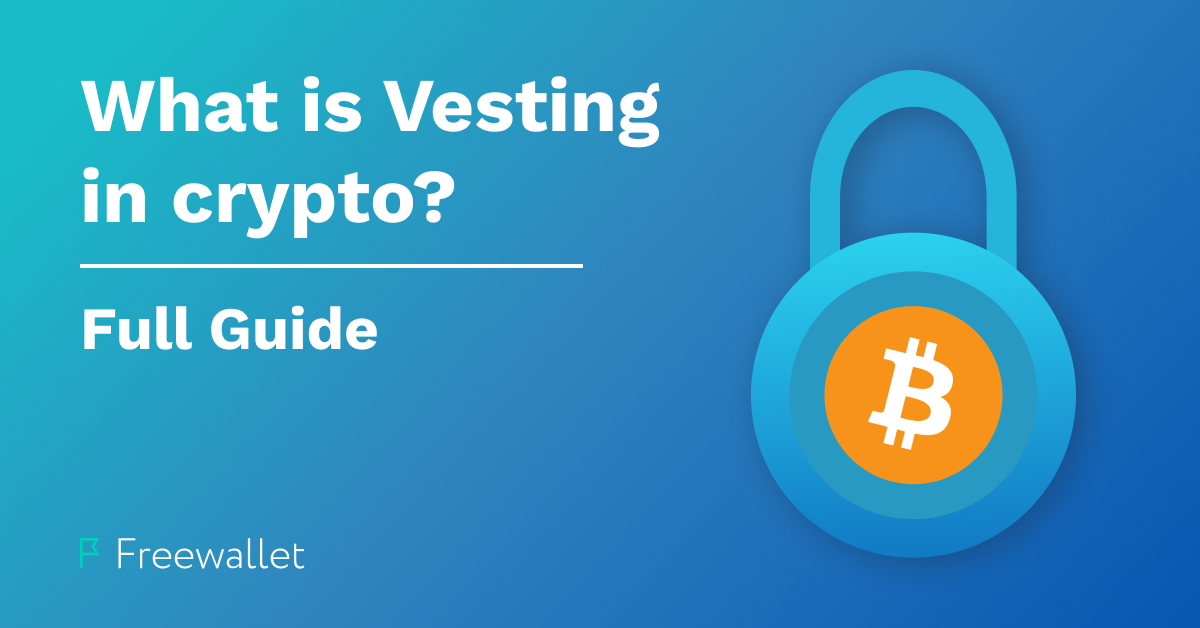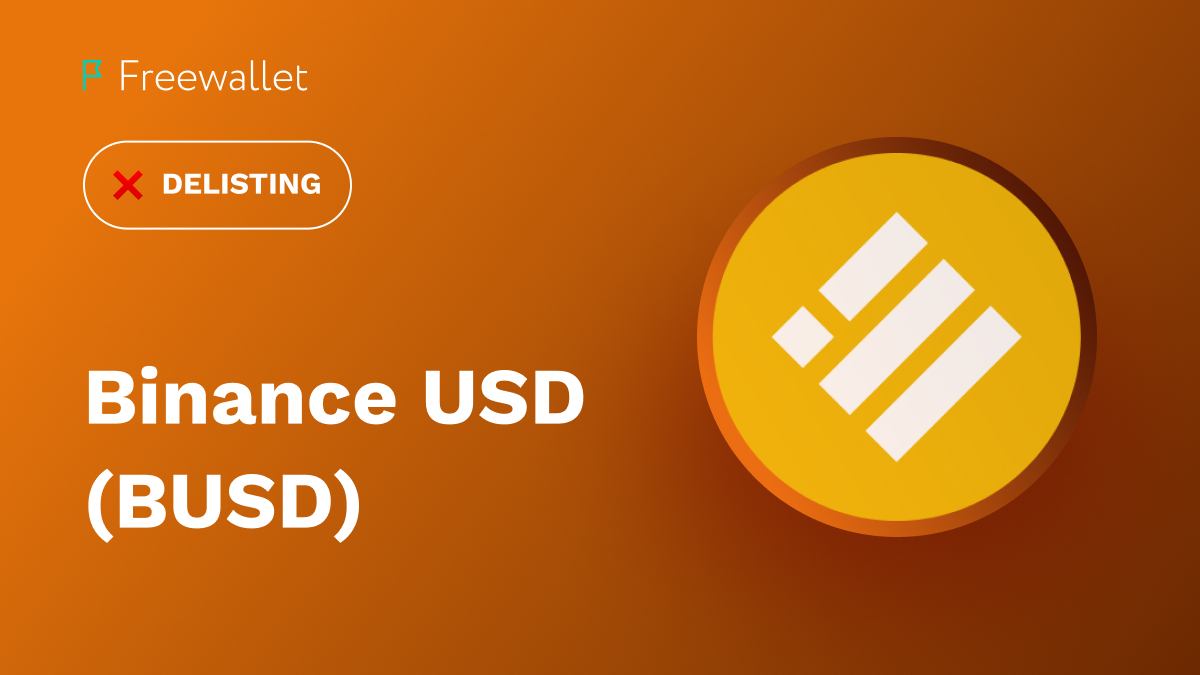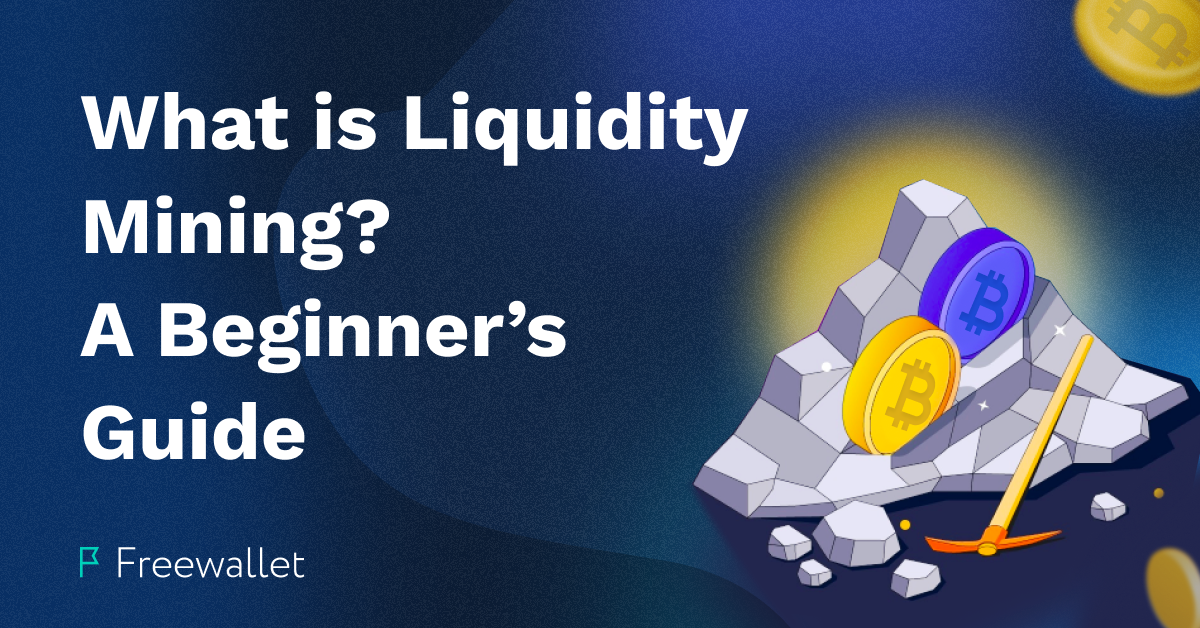
In the realm of cryptocurrency, the team working on a project is typically rewarded through vesting, a system that gradually releases project tokens to the staff, ensuring continued motivation and commitment to the project. Furthermore, vesting is utilized to reward investors, highlighting its importance across various roles within cryptocurrency projects.
This mechanism holds crucial significance for the cryptocurrency sector, as it empowers investors and developers to leverage their involvement in various projects. It’s essential to recognize vesting as a complex mechanism, distinct from a simple “lockup.” This article not only provides a detailed definition of vesting but also presents different vesting schedules and underscores the many advantages of this mechanism.
What is Vesting in Crypto?
Vesting serves as a multifaceted and adaptable mechanism for the gradual release of cryptocurrency units to individuals engaged in the development, funding, or promotion of a cryptocurrency project. These token release phases can occur at varying intervals, ensuring that all contributors to the project are invested in its success, thanks to the profits earned through vesting.
It’s crucial to acknowledge the distinction between vesting in the traditional finance sector and the cryptocurrency sector. While traditional markets often involve vesting assets in the form of stock options, in the realm of crypto, these assets consist of crypto tokens that are secured and distributed through smart contracts in compliance with predetermined schedules. Vesting acts as a means to align the interests of investors and other stakeholders with the project’s roadmap, encouraging long-term commitment and discouraging hasty departures for quick profits.
When a new cryptocurrency is launched, a portion of the supply is typically locked up during a pre-sale phase, marking the initiation of the crypto vesting process. Stakeholders must patiently await the gradual release of their reward tokens, as they cannot access the entire allocation at once. In addition to fostering a sense of commitment, vesting also serves to protect the project from market manipulation, reducing risks for all holders and stakeholders of the cryptocurrency.
A crucial aspect of vesting is its ability to prevent staff from leaving a project with a substantial amount of tokens. By receiving gradual rewards, staff are incentivized to remain committed and dedicated to the project. The durations of vesting periods may vary, and in subsequent sections, we will delve into greater detail on vesting periods and schedules, offering a comprehensive understanding of this essential mechanism within the cryptocurrency sector.
What is the Vesting Period?
In the world of cryptocurrencies, the vesting period refers to the duration for which tokens are held in a locked state. During this period, the tokens cannot be sold, exchanged, or utilized in any way. Stakeholders are entitled to own these tokens based on their contributions, but they cannot access or utilize them at the project’s launch. They must wait until all the tokens are gradually released during a series of distribution or release events.
Why is the Vesting Period Necessary? The vesting period is essential because if all the tokens were to enter stakeholders’ wallets simultaneously, most stakeholders would likely sell them, causing the token’s price to plummet shortly after the launch. Such an event could significantly harm the token’s future prospects.
The length of the vesting period varies from project to project, lasting anywhere from several months to several years, depending on the project’s scale and roadmap. This period is predetermined and is often detailed in the cryptocurrency’s whitepaper or legal agreements. Some projects incorporate a “cliff,” a period during which no tokens are released at all, followed by a phased release of tokens. Another notable concept is accelerated vesting, which may involve special conditions such as during a company token sale.
Types of Crypto Vesting Schedules
Vesting schedules serve to rationalize and schedule the phases of token release, as well as determine vesting periods. There are different types of vesting schedules:
Linear vesting: This is the simplest type, where tokens are released in equal portions at equal time intervals. For instance, a project might decide to release 10% of the locked tokens once every 6 months, taking 5 years to release all the tokens.
Graded vesting: This type involves releasing different portions of tokens after different periods, with amounts and vesting periods agreed upon in advance. For example, a project may release 20% of locked tokens in the first year and a half, then release 30% in the subsequent year, with the remaining tokens released over another year.
Cliff vesting: This schedule involves a vesting cliff, during which investors do not receive any tokens. This cliff period can last several months, after which the vesting can transition to one of the aforementioned schedule types.
Image source: Cake Equity
Types of Stakeholders
Let’s now consider the types of stakeholders who typically benefit from vesting:
Project founders and the team: While vesting is not the sole source of profit for founders and team members, it constitutes part of their wealth. The gradual nature of vesting incentivizes them to work over an extended period.
Early investors: Those who financially support a project in its early stages often reap some benefits. Rewarding them through vesting is a common way to express gratitude.
Active supporters from the community: Some individuals may purchase significant amounts of cryptocurrency only to engage in pump and dump schemes, which can be detrimental to a token’s market position. Therefore, it is crucial for projects to reward genuine, long-term supporters. Vesting can be an effective means to express gratitude for their sustained support.
Vesting and Distribution of Tokens
Vesting plays a crucial role in the distribution of tokens and significantly impacts token market performance. Errors in the vesting process can lead to a decline in the cryptocurrency’s price and deter potential supporters.
What makes vesting particularly effective is its ability to align the release of tokens with specific project milestones, making each phase of token distribution more meaningful. This approach helps create a better balance between token distribution, stakeholder rewards, and risk mitigation, such as managing excess supply or preventing stakeholders from offloading their rewards.
Furthermore, vesting slows down the rate at which new tokens enter the market, creating demand for the currency, improving market performance, and stabilizing its price. It fosters stronger bonds among investors, team members, and the community, increasing mutual trust and dedication to the project.
Advantages of Crypto Vesting
As mentioned, vesting offers several benefits, including:
Stabilizing token price: The supply limit increases demand for the token, and the gradual release of rewards prevents oversupply, allowing each subsequent token release to hold greater value as the token price appreciates.
Providing developers with more time: Vesting periods lasting from several months to several years afford development teams the opportunity to refine and perfect their products.
Fostering community loyalty: Through vesting, developers reward both the core team and the broader community, incentivizing users to continue supporting the project and holding tokens.
Conclusion
Vesting is a cornerstone of long-term success in cryptocurrency projects. It enables teams to optimize token distribution, making support for the project attractive to investors and the community. This mechanism affords developers additional time and resources for their work, improves the market performance of the token, making it more appealing, and drives up demand, increasing the token’s value. These factors collectively underscore the crucial role of vesting in modern cryptocurrency projects.
Related
Stay tuned
Subscribe for weekly updates from our blog. Promise you will not get emails any more often.
Most Popular
New Posts
Stay tuned
Subscribe for weekly updates from our blog. Promise you will not get emails any more often.






